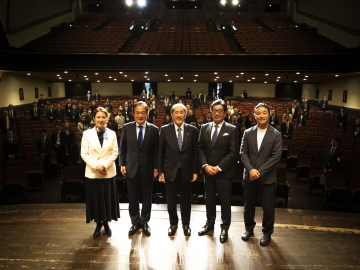Epigenetics pioneer Hitoshi Kurumizaka unravels the mystery of the body of author Hirotada Ototake
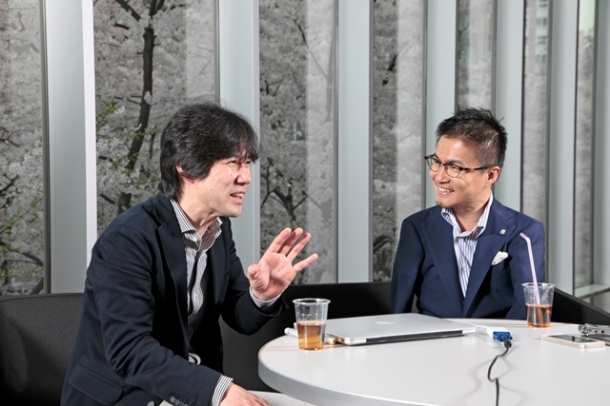
Epigenetics, studying the “genetic switch,” is shedding light on the fundamental mechanism of how people are made.
For this installment, we welcomed Mr. Hirotada Ototake, author of No One’s Perfect, who continues to explore the relationship between disabilities and society through his diverse activities, to have a discussion with Professor Hitoshi Kurumizaka. Both individuals have spent their adult lives trying to solve the mysteries of the human body, each from a different approach. What did they see beyond this new field of genetics? Below is the first of their two-part conversation.
“My body is a total mystery to me, and I eagerly want to learn more about it. Please use me as a guinea pig.” -Ototake
Ototake: The genetic instructions for creating a human being is really a mystery. To begin with, I find my own body a total mystery. I’ll turn 39 this year, and for my whole life, I have been told that the cause of my condition was unknown. Why is it that my body has come to be this way? Is it hereditary, or are there other causes?
Kurumizaka: You’ve been blessed with children, but they haven’t inherited your condition, have they?
Ototake: No, they’re all okay. I researched my family history too, but didn’t find anyone with a body like mine. So is there a chance that it’s not genetic?
Kurumizaka: I personally think that epigenetics was the cause. The fact that neither your children nor your ancestors have had any abnormalities suggests that there’s a good chance that your DNA sequence information itself was perfectly normal. The problem may have been the function of chromatin, which, in the course of fetal development, selects and “switches on” genes in the DNA to differentiate the cells into hands, feet, eyes and ears.
Ototake: Professor Kurumizaka, do you think I’d be a good subject for your research? This makes me want to learn the details of how I came to be this way.
Kurumizaka: Yes, I would like to study you. In the course of normal human development, the chromatin where the genes are stored open up and the genes are “switched on” to create, for example, the hands and feet. My guess is that, in your case, the chromatin that carried the genes necessary for creating the hands and feet either was not open at a certain moment, or missed the timing to open up. This, mind you, can occur in a fraction of a second within the nucleus of a really tiny cell, about 10 micrometers. The chromatin may have been goofing off at the crucial moment when your hands and feet were supposed to be created.
Ototake: Oh, so my chromatin was goofing off… [laughs]
Kurumizaka: Remember that if chromatin goofs off too much and completely fails to do its job, then a miscarriage would result and the pregnancy would be lost. Development begins from just a single cell. During the process, similar things are occurring throughout all the cells. But as the cells divide from two or four to thousands and tens of thousands, forming the body, the chromatin activity at the various sites of cell division continues to change. And, since the period when the hands and feet form is pre-determined, if the chromatin do not open up at the right time, that part gets skipped and the rest of the body continues to form without it.
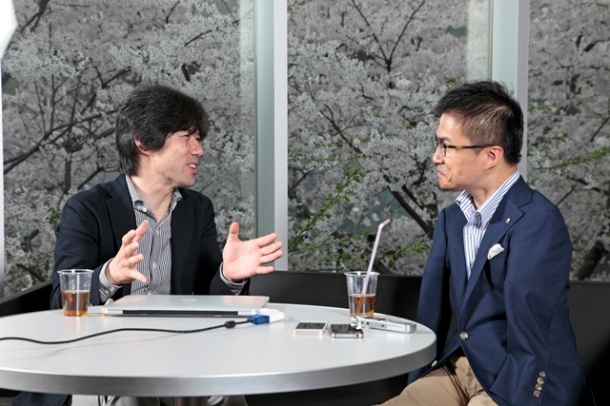
“Epigenetics holds the future of cancer treatment.” -Kurumizaka
Ototake: Should I imagine something like each cell moving and activating of its own will, saying, “OK, I’ll just open up at this point”?
Kurumizaka: Exactly. If we check the chromatin structure of a cell that has differentiated to become skin, we find that the DNA information needed for the cell to become skin has opened up, but the DNA not needed to form skin is packed up. These are autonomous actions, and the places where the DNA is open and closed are different for each part of the body. And, once a cell differentiates to be some sort of tissue, it can only be a cell of that particular tissue, no matter how many times it divides itself.
Some cells accidentally become something else by mistake: cancer cells. In other words, if chromatin inside the skin cells opens up DNA that should have been closed, it ends up causing skin cancer.
Ototake: From there, can you develop technology for cancer treatment?
Kurumizaka: Yes. If we understand completely the mechanism of how chromatin works, there’s a good chance that we will be able to understand the mechanism of cancer as well. Using this method, we expect to be able to identify the causes of many genetic diseases, including cancer, and develop revolutionary medical treatments.
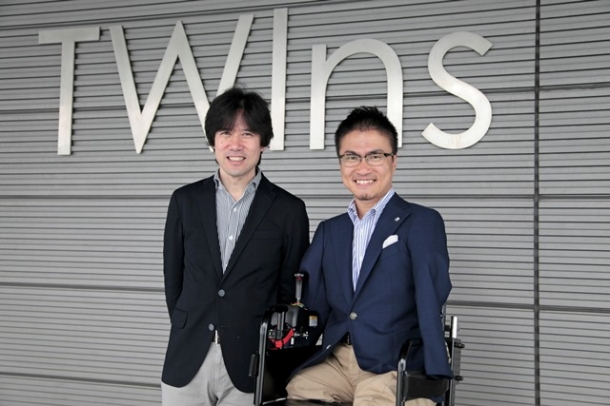
In front of TWIns, the Center for Advanced Biomedical Sciences at Waseda University.
Profile of our guest
Hirotada Ototake
Born April 6, 1976, in Tokyo. While a student at Waseda University, he published No One’s Perfect, a book about his personal experiences written with a touch of humor. It instantly won the hearts of readers and became a major hit, selling more than 5 million copies. Later, he worked as a TV newscaster and became a successful sportswriter.
In April 2005, he launched a career in education, hired by the Shinjuku Board of Education in Tokyo to teach children about life. He later became a regular teacher at Suginami Fourth Elementary, a public school in Tokyo, and was appointed to the Tokyo Metropolitan Board of Education. His first novel Daijoubu Class 3 (English title: Nobody’s Perfect), about his experiences as an elementary school teacher, was made into a movie, with Ototake playing himself. He wrote a sequel to the novel, Arigato Class 3 (“Thank you, Class 3”). His other books include Dakara Boku wa Gakko e Iku (“That’s why I go to school”), Oto Kotoba (“Ototake’s words”), and Ototake Sensei No Mittsuno Jugyo (“Mr. Ototake’s three lessons”).
In April 2015, he enrolled in a Master’s program in public policy at the National Graduate Institute for Policy Studies (GRIPS).
Profile
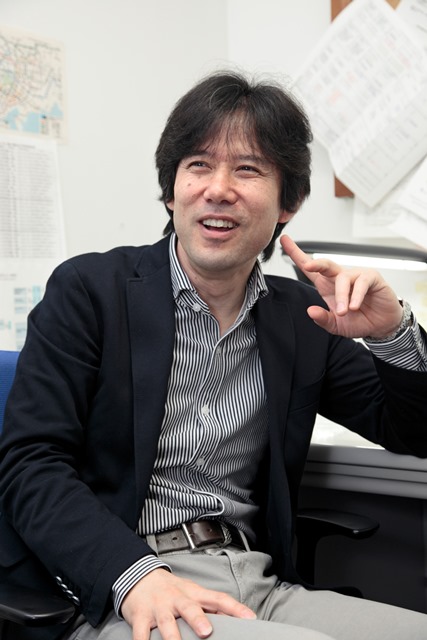
Hitoshi Kurumizaka
1989: Graduated from the School of Pharmacy, the Tokyo University of Pharmacy and Life Sciences; licensed pharmacist.
1995: Completed Ph.D. at the Graduate School of Science and Engineering, Saitama University.
1995–1997: Postdoctoral Fellow, US National Institutes of Health (NIH).
1997–2003: Researcher, RIKEN.
2003–2007: Assistant Professor, Department of Electrical Engineering and Bioscience, Faculty of Science and Engineering, Waseda University.
2001–2007: Visiting Associate Professor, Department of Science of Biological Supramolecular Systems, Graduate School of Integrated Science, Yokohama City University.
2007–2008: Associate Professor, Department of Electrical Engineering and Bioscience, School of Advanced Science and Engineering, Waseda University.
2008–2012: Visiting Professor, Graduate School of Integrated Science, Yokohama City University.
2003–2015: Visiting Researcher, RIKEN.
2012 to present: Guest Professor, Graduate School of Medical Life Science, Yokohama City University.
2008 to present: Professor, Department of Electrical Engineering and Bioscience, School of Advanced Science and Engineering, Waseda University.

